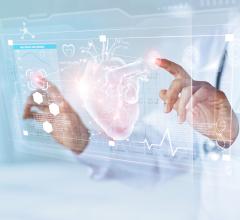Millennium Research Group (MRG) has conducted a detailed analysis of the home health monitoring device market in its U.S. Markets for Home Health Monitoring Devices 2007 report. The report finds that rather than going to hospitals for routine checkups, many patients are opting to monitor their health from the comfort of their home. This market, currently valued at over $2.6 billion, is expected to rise to $3.4 billion by 2011.
Home Blood Glucose Monitoring (HBGM), Home Blood Pressure Monitoring (HBPM), Home Cholesterol Monitoring (HCM), and Remote Patient Monitoring (RPM) devices all enable patients to monitor key vital signs by themselves at home. This trend will relieve pressure on the US healthcare system, reducing visits to physician offices and hospitals, lowering healthcare costs, freeing up hospital beds and allowing registered nurses to provide care to more patients.
Those with diabetes and hypertension have been using HBGM and HBPM devices for decades; however the HCM and RPM device markets are still in the early stages of development. The millions of Americans on statin therapy for high cholesterol represent a potentially huge market for HCM devices. RPM is a branch of telemedicine that allows the home monitoring of one or more of a patient's health-related indicators. It helps patients avoid major episodes that require hospitalization. These devices allow physicians to remotely detect changes in a patient's condition that indicate a problem such as a change in weight or blood pressure, before the situation worsens.
"Patients are more likely to comply with their treatment plans when they are regularly monitored," says David Plow, senior analyst at MRG. "Besides cost savings from reduced visits for diagnostic purposes, RPM savings also include fewer critical episodes and hospitalizations due to improved compliance."


 December 20, 2023
December 20, 2023 







